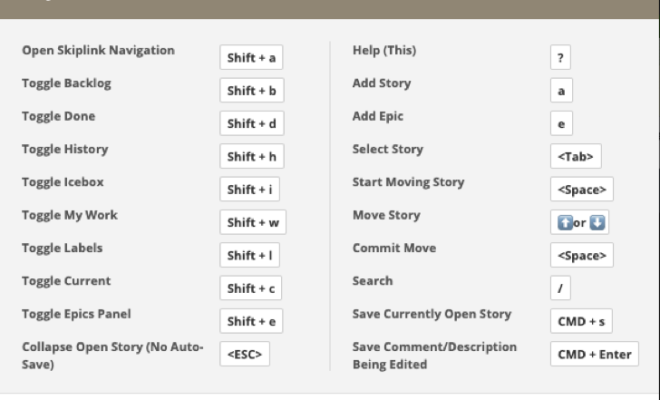How To Design eLearning For Neurodiverse Individuals?

The world is evolving at a rapid pace, and so are learners. Companies must give training based on the needs of the recipients. Learners can be neurodiverse; therefore, businesses must use caution.
Hiring Neurodiverse Individuals
Individuals perceive information differently due to neurodiversity. Neurodiversity is a relatively new scientific phenomenon that states that some people have different learning skills than others.
What Exactly Is Neurodiversity?
Some people learn procedures faster than others and are referred to as neurotypicals, but others acquire facts faster and are referred to as neurodiverse. However, the latter may require a greater emphasis on Learning and Development. It’s just that some people’s minds are wired differently than others. Companies must ensure that neurodiverse employees are not overlooked when it comes to training.
Companies should assess the characteristics of neurodiverse employees and assign appropriate job roles as a result. People who are neurodiverse and have exceptional memory and visual-spatial skills, for example, may thrive at geometry because they can analyze 2D and 3D figures. As a result, there are numerous methods for neurodiverse individuals to constructively contribute to a firm. They can also develop their soft skills by practicing through eLearning, like simulations. Because neurodiverse persons don’t get many chances to interact with others, their social skills may be undeveloped. In other words, they frequently lack social automaticity, whereas neurotypical persons may acquire a subconscious approach to external inputs such as cultural norms.
How to Make Content for Neurodivergent People?
Companies must ensure that neurodiverse employees are not overlooked. They have enormous potential to revolutionize a firm due to their outstanding abilities. Companies must create eLearning content that meets the demands of all types of learners. For example, the material’s text could be in Sans Serif type, which is easier to read. Dyslexic employees frequently struggle to read content printed in smaller font sizes. Therefore it’s a good idea to provide them with the flexibility to adjust the text. They can also be given content with wider line and character spacing.
Because neurodiverse students typically have a varied perspective on knowledge, it must be structured correctly in the eLearning curriculum. The usage of visuals in the text should be maximized so that readers can grasp the material even if they are having difficulty reading it. Dyslexic kids, for example, can rapidly return to a part with the appropriate icons associated with it.
Companies may no longer choose to ignore neurodiverse persons due to the significant prevalence of neurodiverse people in the US population. According to the Centers for Disease Control and Prevention, one in every 42 boys is now born with autism in the United States. The prevalence is equally high among females, with 1 in 189 being affected.
Company HR must also be trained on how to establish a suitable employment environment for neurodiverse staff. For example, because noise overstimulation is a prevalent issue, providing them with headphones can improve their concentration at work. Companies can also train managers to identify neurodiverse staff and encourage them to participate. SAP has been conducting a program like this for four years, and it has resulted in better managers who are sensitive to the requirements of neurodiverse staff.
Why Is It Beneficial to Hire Neurodiverse People?
It has been discovered that neurodiverse people are 30% more productive than neurotypical people in software testing. Because of their improved pattern recognition ability, they are better suited to the function of a software tester. These findings were obtained when the Australian Department of Human Services hired 30 neurodiverse individuals for these positions. As a result, firms can benefit significantly from hiring neurodiverse employees. Neurodiversity is a means of thinking differently, and recruiting people who think differently can benefit a company in more ways than you might expect.






